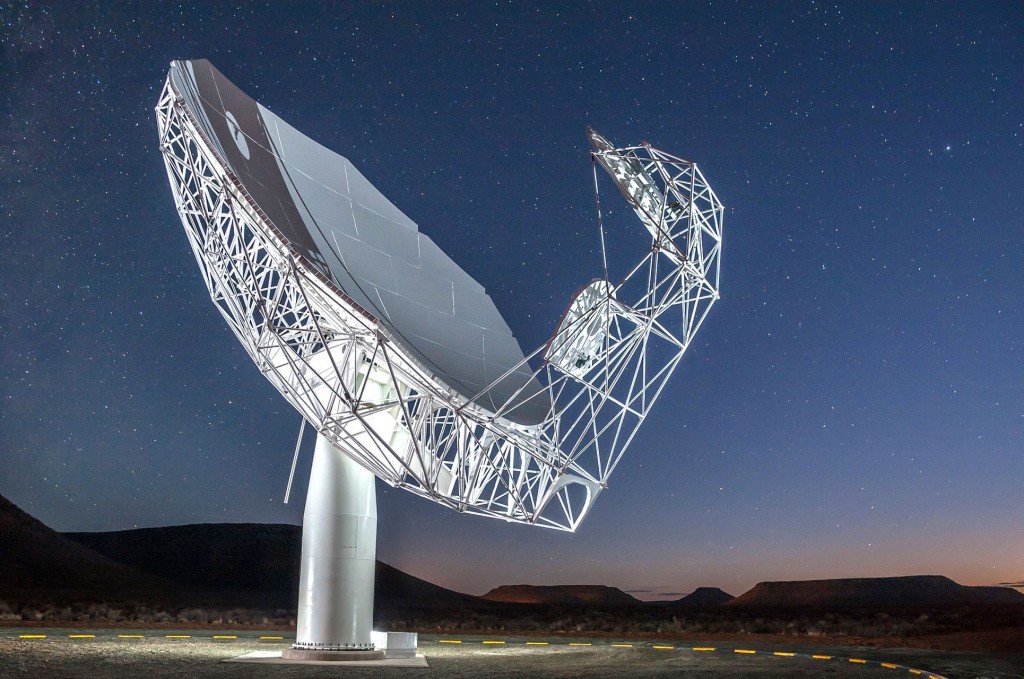A groundbreaking study by astronomers from the Indian Institute of Astrophysics (IIA) has introduced a novel method for probing the Sun’s magnetic field, unveiling deeper insights into solar atmospheric layers. Utilizing data from the Kodaikanal Tower Tunnel Telescope, the research focuses on the magnetic field's role in transferring energy from the inner layers of the Sun to the outer layers, a phenomenon known as the "coronal heating problem." This magnetic field is also a key driver of the solar wind.
The study, led by Ph.D. student Harsh Mathur and supported by researchers Dr. K. Nagaraju and Dr. Jayant Joshi, examined an active sunspot region with complex features. The researchers employed simultaneous observations using the Hydrogen-alpha (Hα) and Calcium II 8662 Å spectral lines, collected from the Kodaikanal Solar Observatory, to infer magnetic field strength at different heights in the solar atmosphere.
The Kodaikanal Solar Observatory, operated by IIA, is renowned for the discovery of the Evershed Effect in 1909. The unique setup of the Tunnel Telescope, which includes a three-mirror coelostat system, enabled precise tracking of the Sun and accurate measurements of the solar magnetic field. The Hα line, with its reduced sensitivity to local temperature fluctuations, proved to be particularly effective in probing the chromospheric magnetic field, especially in regions experiencing sudden temperature changes, such as flaring active regions.
The study, soon to be published in The Astrophysical Journal, revealed that the Hα line core consistently detects weaker magnetic fields than the Ca II 8662 Å line, indicating that the Hα line samples higher atmospheric layers. The observed magnetic field strengths were approximately 2000 Gauss (G) at the photosphere and 500 G at the chromosphere.
Dr. K. Nagaraju, the principal investigator, highlighted the importance of the Hα line as a diagnostic tool for chromospheric magnetic fields. The study also underscores the necessity of further observations using advanced telescopes like the Daniel K. Inouye Solar Telescope (DKIST), the forthcoming European Solar Telescope (EST), and India’s proposed National Large Solar Telescope (NLST), which promise to enhance understanding of the Sun’s magnetic field stratification.
The research, which also included contributions from Dr. Rahul Yadav of the Laboratory for Atmospheric and Space Physics, Boulder, USA, marks a significant advancement in solar physics. It paves the way for future studies that will delve deeper into the complexities of solar magnetic phenomena, contributing to our broader understanding of the Sun.











